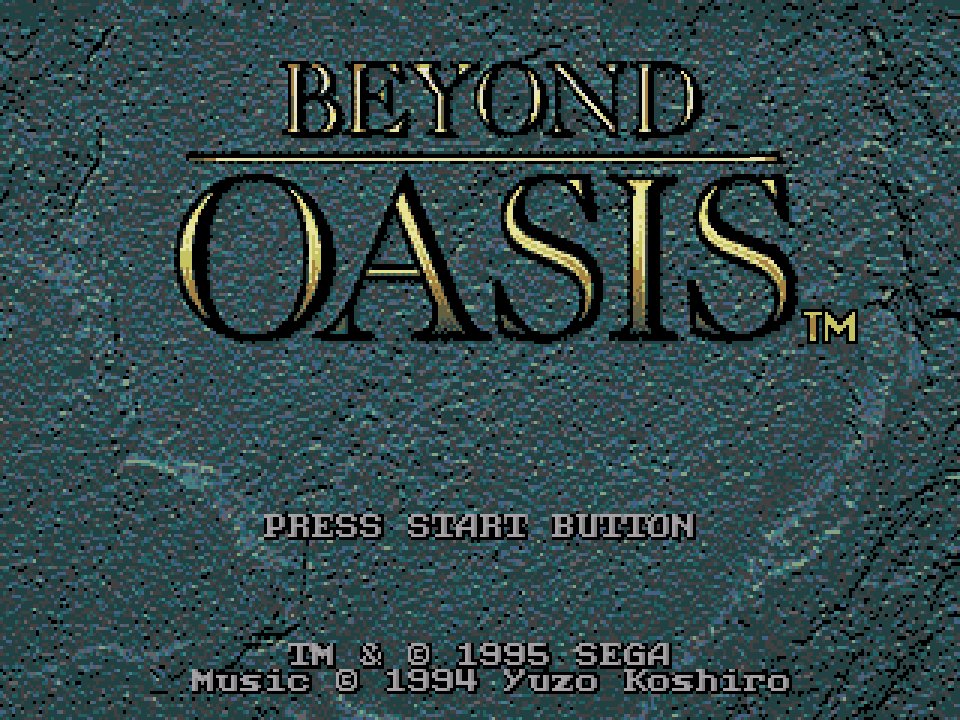The community game-along events held by the Chic-Pixel blog provide a great opportunity to diversify my gaming queue and #DoujinDecember was no exception. While the Western indie scene has been getting a lot of coverage lately, Japanese indies (aka "doujin games") tend to be a bit more obscure. For my selection for this month's theme, I picked out Helen's Mysterious Castle which was available from Playism for only $2 (US)!
Overview
Helen's Mysterious Castle is a turn-based RPG made in the RPG Maker engine. With only one playable character, the combat focuses on the strategic use of Helen's assortment of weapons. In addition to the typical attack and defense stats, each weapon has a "Wait" value that represents how long it takes for Helen to use that weapon. Since enemy attacks have their own Wait values that are displayed on-screen, managing turn time is the key part of combat strategy. From a story standpoint, Helen's Mysterious Castle drops the player right into quest immediately, letting the player uncover the context for the action later.
Pros
- The combat's mechanics are simple but still add an extra layer of strategy when compared to many other turn-based RPGs. Playing this game has really impressed me with the flexibility of the RPG Maker engine.
- Unlike many other RPGs, with only one type of gear to equip (weapons) and only one character, very little game time is spent in menus managing equipment and items. I found the briskness of this game's systems refreshing.
- While some of the game's assets are the default ones included with RPG Maker, the original sprites on the battle screens look really nice. There are also some lush environments with great use of lighting and color.
- Helen herself is an old-school silent protagonist, but some of the supporting characters have really amusing dialog. I especially got a kick out of the quirky and sassy villains!
- The game features some pretty solid music.
Cons
- Helen's Mysterious Castle features a few very obtuse puzzles and hidden doors on the critical path. On several occasions, I had to resort to using a guide to figure out where to go next rather than sink a bunch of time into wandering around aimlessly.
- The game takes a minimalist approach to story-telling until the third act when it decides to dump most of the exposition and lore on the player all at once. I found it hard to get in invested in this knowing I was already nearly at the end of the game.
- The unique twist on combat manages to keep this simple game entertaining for most its duration, but I it began to feel like it was outstaying its welcome a few hours short of the finale. (However, some of this might be my fault for playing this game when I was short on time. I was also given the impression that this game would be a six-hour experience when it was actually closer to ten)




















































